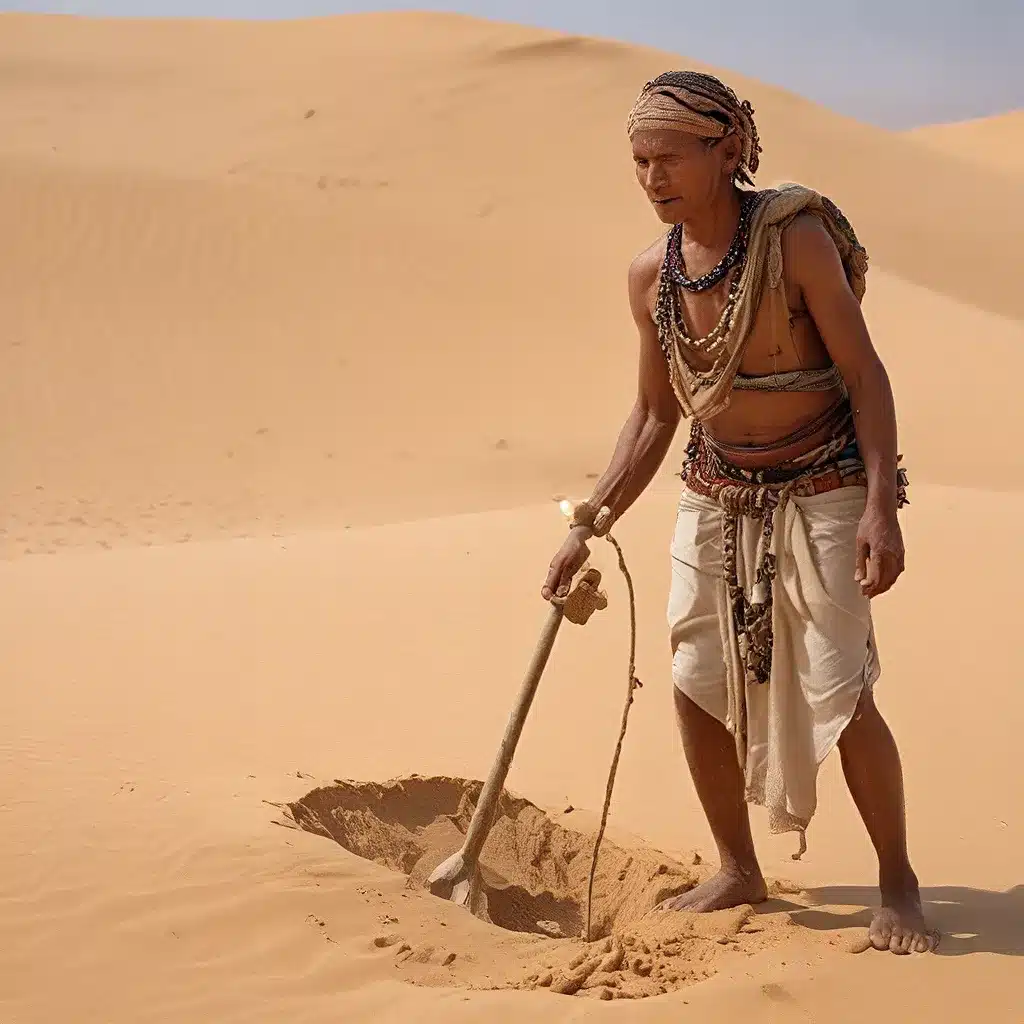
Echoes of the Past: Unveiling the Mysteries of Bygone Civilizations
In the vast expanse of our planet, the sands of time have concealed the secrets of long-forgotten cultures, each one a tapestry of rich histories and untold stories. As archaeologists and historians delve deeper into the earth, they uncover the whispers that have lain dormant for centuries, revealing the remarkable legacies of these vanished peoples.
One such enigmatic civilization is the Indus Valley Civilization, which thrived in the Indian subcontinent from around 3300 BCE to 1300 BCE. This advanced society, predating even the ancient Egyptians and Mesopotamians, left behind a wealth of archaeological treasures that continue to captivate scholars and the public alike.
The Indus Valley Civilization was renowned for its sophisticated urban planning, with well-organized cities featuring intricate drainage systems, standardized brick sizes, and evidence of early urban planning. Excavations have uncovered numerous artifacts, including seals, sculptures, and pottery, that provide insights into the daily lives, trade networks, and religious practices of this remarkable culture.
Deciphering the Enigmatic Script
Perhaps one of the most intriguing aspects of the Indus Valley Civilization is its undeciphered script, which has puzzled scholars for decades. Despite extensive research and analysis, the meaning of these ancient symbols remains a mystery, leaving the voices of this civilization’s scribes and administrators silenced.
Attempts to crack the Indus script have involved techniques ranging from statistical analysis to comparative linguistics, but the lack of bilingual inscriptions or extensive texts has made the task incredibly challenging. The limited number of surviving inscriptions, often found on small objects such as seals and pottery shards, further complicates the decipherment process.
Despite these obstacles, researchers continue to pursue new avenues of investigation, exploring the potential connections between the Indus script and other ancient writing systems, such as those found in Mesopotamia and ancient China. The discovery of a bilingual inscription or a comprehensive text could potentially unlock the secrets of this enigmatic script, finally allowing us to hear the whispers of the Indus Valley Civilization.
The Rise and Fall of Mysterious Cultures
Beyond the Indus Valley Civilization, the sands of time have also concealed the stories of other ancient cultures, each with its own unique characteristics and legacies. The Teotihuacan civilization in present-day Mexico, for example, was a thriving urban center that reached the height of its power around the 1st century CE, only to eventually decline and be abandoned.
Archaeologists have uncovered a wealth of information about Teotihuacan, including its advanced urban planning, religious practices, and trade networks. The iconic pyramids and sprawling city layout reflect the ingenuity and organizational skills of this ancient society, while artifacts such as murals, sculptures, and ceramics provide glimpses into their cultural and artistic achievements.
Similarly, the Maya civilization, which flourished in Mesoamerica from around 250 CE to 900 CE, left behind a remarkable legacy of architectural, mathematical, and astronomical accomplishments. The Maya were renowned for their advanced writing system, which allowed them to record their history, beliefs, and knowledge, providing a rich tapestry of information for modern scholars to unravel.
Uncovering the Voices of the Past
As archaeologists and historians continue to unearth the remains of these ancient civilizations, they are not merely excavating artifacts and structures, but also attempting to give voice to the people who once inhabited these lands. Through the careful analysis of texts, art, and material culture, researchers strive to reconstruct the narratives of these vanished societies, allowing us to better understand their cultural, social, and political dynamics.
The journey of discovery is both humbling and awe-inspiring, as we come to appreciate the ingenuity, resilience, and diversity of our shared human heritage. Each new discovery, whether it be a deciphered inscription, a preserved mural, or an unearthed artifact, brings us one step closer to hearing the whispers of the past and recognizing the enduring impact of these remarkable cultures.
As we delve deeper into the mysteries of ancient civilizations, we are not merely uncovering physical remnants, but also reconnecting with the echoes of long-silenced voices. These whispers from the sands serve as a reminder of the rich tapestry of human history, inspiring us to continue exploring, learning, and preserving the legacies of those who came before us.


